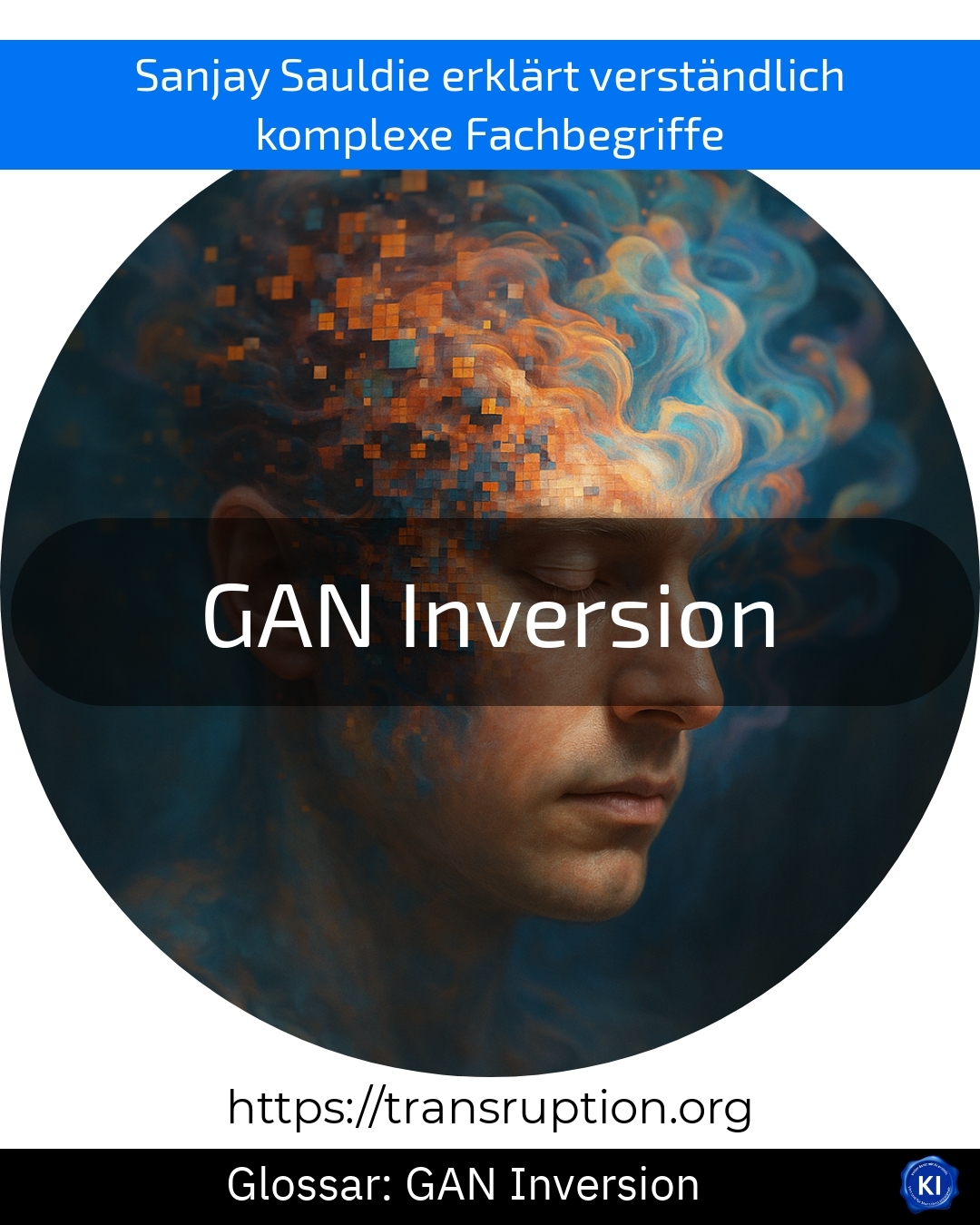The term GAN inversion originates from the fields of artificial intelligence and digital transformation. It refers to a special method with which images or other data can be decoded "backwards" with the help of so-called Generative Adversarial Networks, or GANs for short.
A GAN is a type of artificial neural network that is often used to generate images - for example, portraits of people who do not actually exist. GAN inversion is about finding out which "ingredients" or hidden features a GAN has used to create a particular image. This process therefore gives us the building instructions or genetic fingerprint of an AI-generated image.
An illustrative example: Imagine an AI creates an image of a car. With GAN Inversion, an expert can now analyse which features - such as shape, colour or style - were used to compose the image. This is useful in practice to better understand AI-generated media, recognise errors or make targeted adjustments, for example for new designs in the automotive industry.















